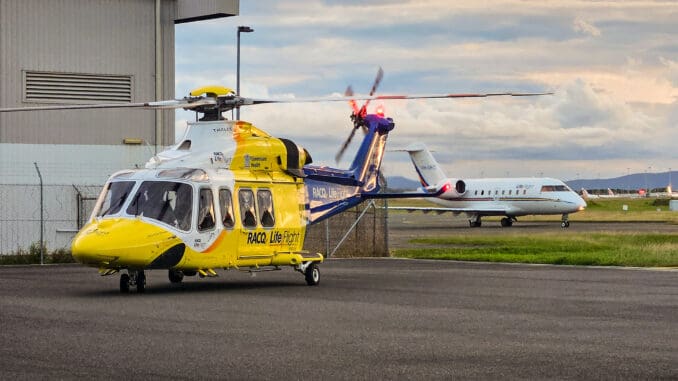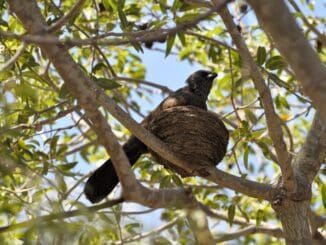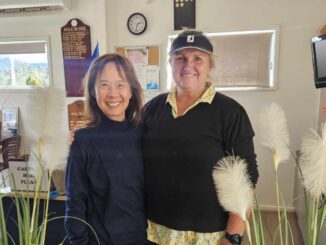
Leading aeromedical provider LifeFlight helped a record 8,177 people in FY24 – more than 11 per cent higher than the previous year.
Key statistics from the 2024 financial year:
- 8,177 people helped
- A patient helped every 64 minutes
- Helicopter flying hours surged 25% to 5,159 hours
- People helped by rotary wing up 131% to 5,313
- Toowoomba was the busiest base again helping 891 people
- Townsville and Brisbane jets helped 850 people – up 79% on FY2
- Close to 90,000 people helped since start of LifeFlight in 197
LifeFlight’s fleet of helicopters, air ambulance jets and specially trained medical teams, including LifeFlight critical care doctors, flight nurses and Queensland Ambulance Service (QAS) paramedics, helped patients with a range of illnesses and injuries.
There were 158 missions for animal-related injuries while search and rescues totalled 59 and taskings associated with motor vehicle accidents increased by 156 per cent to 710.
“The numbers keep rising each year which shows how crucial LifeFlight’s aeromedical service is, reaching far and wide across our state, and helping thousands of people,” said Mr Schofield.
“This past financial year our crews have saved people from challenging situations on land, sea and even on the side of mountains.
“Our crews are called any day, anytime, and are always ready to spring into action, even in precarious situations, all at no cost to the patient.
“This next financial year we’ll be able to do even more with five additional AW139 helicopters added to our fleet and new expanded bases in Mount Isa and the Sunshine Coast.”
In November, the Sunshine Coast crew rescued two men floating in the ocean after their light plane experienced engine difficulties and plunged into the sea.
The LifeFlight helicopter reached the scene within minutes of the crash with the crew winching the rescue basket down and bringing the men up one at a time before they were flown to Sunshine Coast University Hospital.
In February, the Bundaberg crew was called to help an elderly man after he fell and struck his head on a cruise ship 80 nautical miles off the coast.
The helicopter crew lowered down a Queensland Ambulance Service (QAS) flight paramedic to the ship where the patient was treated and winched into the chopper before being airlifted to Royal Brisbane and Women’s Hospital in a stable condition.
The same crew was also tasked to K’gari four times in one week to airlift patients with marine stings.





